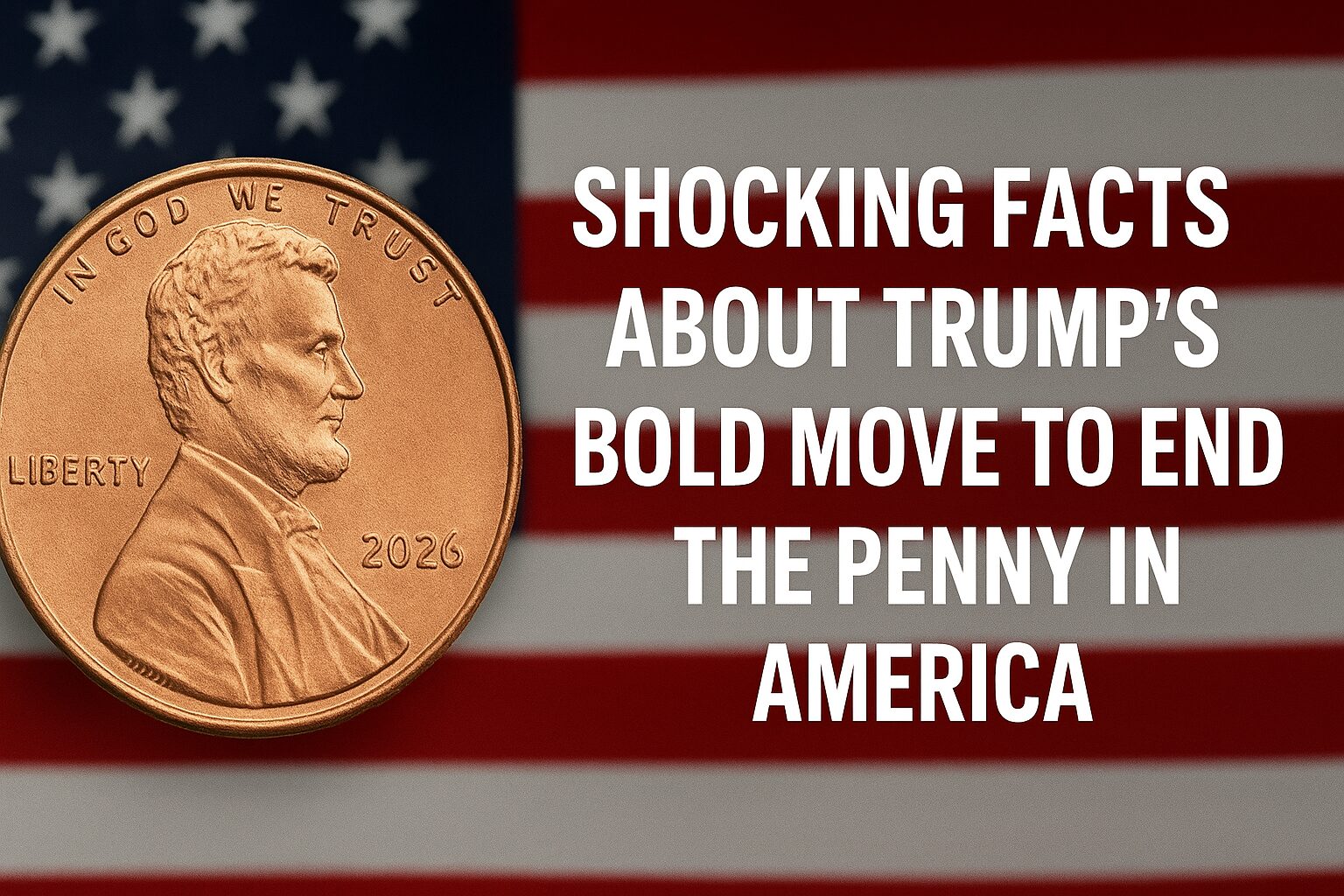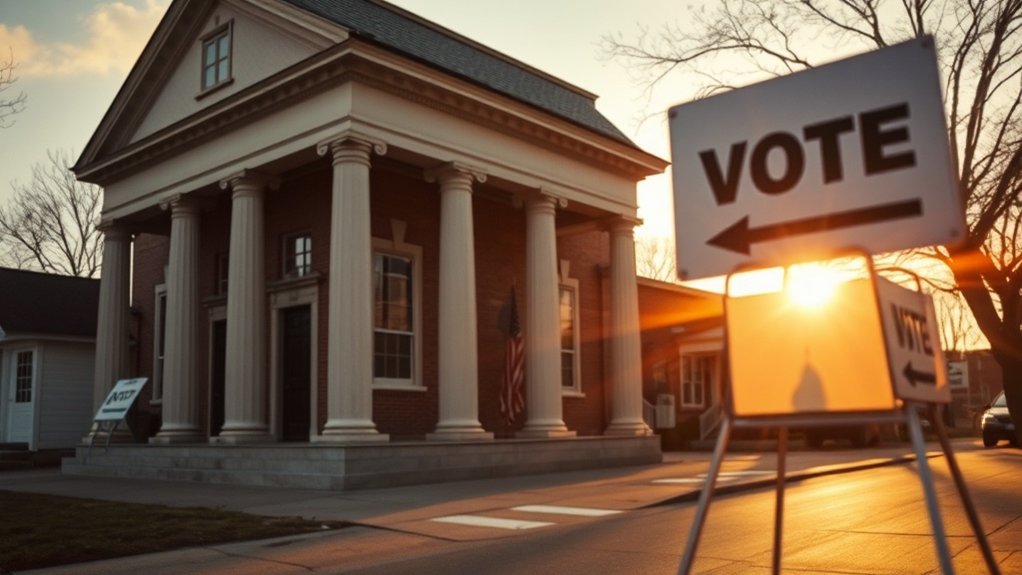Key Takeaways
- The Inflation Reduction Act targets a significant 52% reduction in emissions by 2030.
- Akron is ambitiously aiming for a 70% emissions cut by 2025.
- Houston is investing heavily in resilience as part of its climate action strategy.
Major Climate Initiatives in 2023
Did you know the Inflation Reduction Act is aiming for a whopping 52% cut in emissions by 2030? And hey, Akron is chasing a bold target of 70% by 2025! 🌍
But that’s not all – Houston is stepping up its game with big investments in resilience.
Talk about a powerhouse effort! These climate initiatives aren’t just about the environment; they’re about community growth and economic opportunities, too. Want to know more about this green wave?
Federal Climate Policy Updates
Although federal climate policies can seem overwhelming, they’re making significant changes in how we tackle emissions in the U.S.
The Inflation Reduction Act (IRA), signed in 2022, is a game-changer. It aims for up to a 52% reduction in emissions by 2030 compared to 2005 levels. The initiative is crucial to counteract proposed plans like Project 2025, which could increase oil drilling and fossil gas prioritization, threatening climate goals. By providing substantial tax credits for clean energy, it sparks job creation and private investments. Through electrification and decarbonization, significant cuts in greenhouse gas emissions are expected.
The EPA’s emissions regulations reinforce these goals, targeting key sectors like transportation and power with updated climate legislation.
This includes the AIM Act’s push to phase down hydrofluorocarbons. Such actions support not only the environment but aim to nurture economic growth, benefiting local communities.
Green Infrastructure and Technology Investments
Federal action on climate change is heating up, but let’s shift focus to how communities are building the future—literally.
Investments in green energy and innovative technology are skyrocketing worldwide. This trend highlights a brighter, sustainable tomorrow. From China’s historic BRI green investments to the vital role of private capital, every dollar counts.
Here are some key highlights:
- China’s Leadership: They’ve committed USD 9.7 billion to green energy, adding around 11.9 GW of capacity in 2025 with wind, solar, and waste-to-energy.
- Private Participation: The global green tech sector is projected to grow from USD 23.10 billion in 2024 to USD 79.65 billion by 2030, emphasizing private investment importance.
- Decarbonization Efforts: About USD 5 trillion annually is needed to hit net-zero targets by 2050.
Understanding these shifts can help you steer and invest wisely in green projects for a sustainable future.
Local Governments and Climate Initiatives
Curious about how local governments are stepping up in the fight against climate change? You’re in the right place! Cities like Akron are slashing municipal emissions with a bold 70% reduction target by 2025.
Kansas City’s cutting energy use by half by 2050, while Chicago’s powering over 400 buildings with solar energy.
But it’s not just about emissions. Resilient strategies are vital.
In Houston, the Resilient Houston Strategy integrates community resilience against climate shocks.
Boston uses neighborhood engagement sessions to tackle rising sea levels.
Across the nation, local governments enhance community resilience through resident-driven projects, ensuring everyone, especially marginalized groups, plays a role.
Local governments are truly shaping a green future, setting ambitious goals, and encouraging inclusive climate action.
Assessment
You’re in the driver’s seat of climate action! With the federal government cranking up the heat on policy, your local leaders are cutting emissions like there’s no tomorrow. Imagine green tech blossoming in every corner of your city—it’s happening now.
Investments are pouring in, transforming communities and sparking economic opportunities. This is the future you’re shaping, one sustainable step at a time. Together, let’s keep the momentum going and leave an enduring impact!














